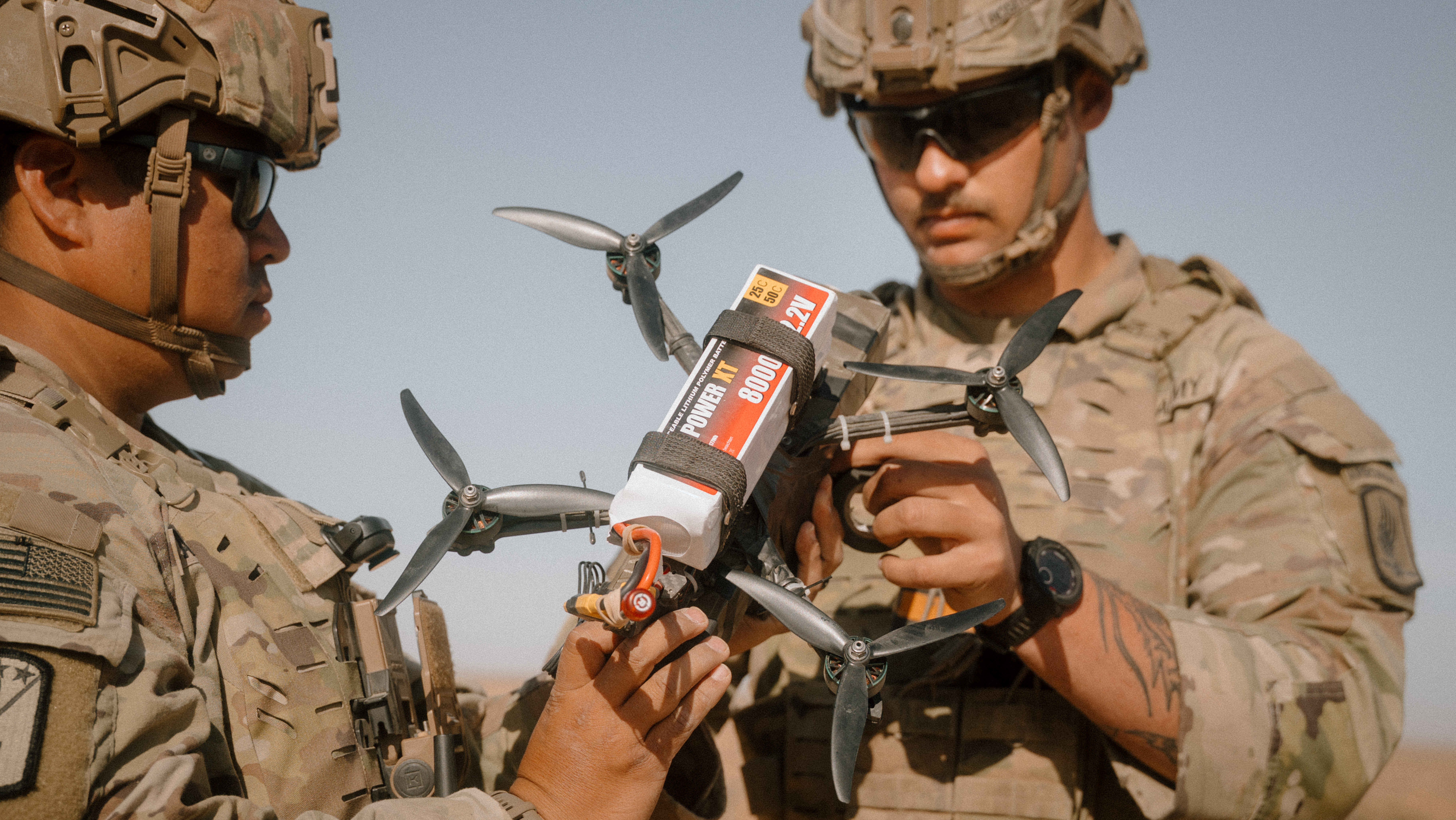US Military Drone Surge: Hegseth’s Bold Overhaul Sets Stage for Rapid Defense Innovation

Hegseth Sweeps Away Barriers to Accelerate US Military Drone Surge
Regulation Overhaul Signals Major Shift in Drone Policy
The landscape for small unmanned aerial systems in the United States military has shifted dramatically following a bold memo from the Secretary of Defense, Pete Hegseth. In a move broadcast by major news outlets, Hegseth put his signature to a sweeping directive aimed at eliminating obstacles that, in his analysis, stifled technological progress and battlefield readiness. The document authorizes senior commanders—Colonels in the Army and Air Force, or Captains in the Navy—to directly purchase and evaluate cutting-edge drones, even those produced on 3D printers, without navigating the lengthy approval chains that have long characterized procurement in the defense sector.
This recalibration is more than a bureaucratic tidying-up; it is a strategic pivot that actively seeks to keep pace with, and surpass, rival military powers. The directive explicitly reframes small drone systems as assets to be rapidly deployed, lost, and replaced as needed, rather than preserved as long-term capital investments. Hegseth’s language underscores the message: hesitance is now a greater risk than aggressive adaptation. The move is set against a backdrop of recent battlefield developments worldwide, with unmanned systems playing outsized roles in contemporary conflicts.
Command Empowerment and the Push for Rapid Integration
For the first time, field leaders at the Colonel and Captain level gain autonomy to independently acquire and implement new drone technologies. This element represents a practical revolution in workflow, cutting through layers of oversight and allowing for swifter integration of emerging solutions. Notably, this includes not only standardized models but also experimental drones and systems crafted via additive manufacturing. By bypassing legacy acquisition bottlenecks, commanders can now pair innovative ideas directly with operational testing, expediting feedback and refinement cycles crucial for combat relevance.
In tandem, the new guidance stipulates that unmanned systems, particularly smaller models, be treated as single-use resources—mirroring how munitions are managed. By designating these technologies as consumable, the military aims to foster a culture of experimentation and adaptability. Immediate authorization for deployment and simulation-based training further supports this adaptive ethos, ensuring that troops can practice with the very systems they are now empowered to procure. The approach also aligns with the broader goal of technological superiority, where agility and mass matter more than the individual cost or longevity of each platform.
Shifting the Strategic Focus to Expendable Capabilities
Central to the new policy is the insistence that small unmanned aerial systems must become a backbone capability for national defense. Hegseth’s memo points to a paradigm where these systems are not just occasional tools, but core to every level of preparation and execution. The change comes as the United States seeks to close gaps with adversaries who have shown relentless innovation and integration in drone warfare, particularly through the use of mass-produced and expendable aerial assets.
This organizational realignment also includes directives to rapidly expand active-duty formations dedicated to drone operations, with plans for initial deployments in strategic regions such as the Indo-Pacific. The pace set by the reform is notable: the Pentagon expects to see these capabilities integrated into all relevant military exercises within a year, and three dedicated national testing ranges are to be operational within 90 days. The scale of ambition is matched by the urgency: statements from the Secretary have acknowledged a need to not only catch up, but to establish unmistakable leadership in this pivotal domain by the latter half of this decade.
Implications for Innovation, Security, and Operational Readiness
The recalibration has immediate and long-term implications. By granting unprecedented agility to commanders and embracing the latest advances in unmanned systems—including those emerging from commercial and academic sectors—the military stands to dramatically reduce the lag between invention and implementation. This change is expected to stimulate domestic production, encourage creative problem-solving, and foster a readiness culture where training, experimentation, and operational deployment are closely intertwined. The elimination of legacy tracking and approval requirements for expendable systems is also intended to streamline logistics and resource allocation, creating a more dynamic and resilient supply chain for future operations.
It is clear that the reclassification of drones as expendable, rapidly replaceable assets marks a significant evolution in defense doctrine. This shift is not just tactical; it is strategic, with the intent to ensure that the United States can both deter and, if necessary, respond with agility in a fast-changing global security environment. As the military transitions to this new mode of operation, ongoing assessments will be crucial to measure the impact on innovation, training effectiveness, and overall mission success.
